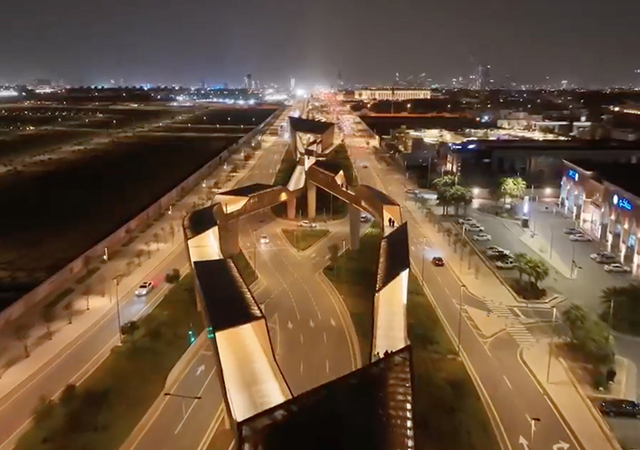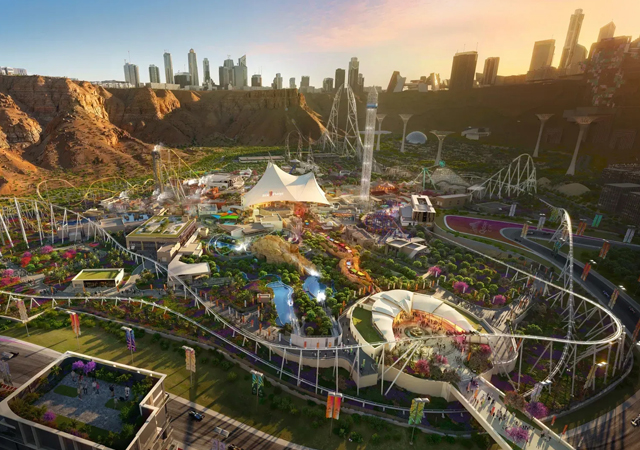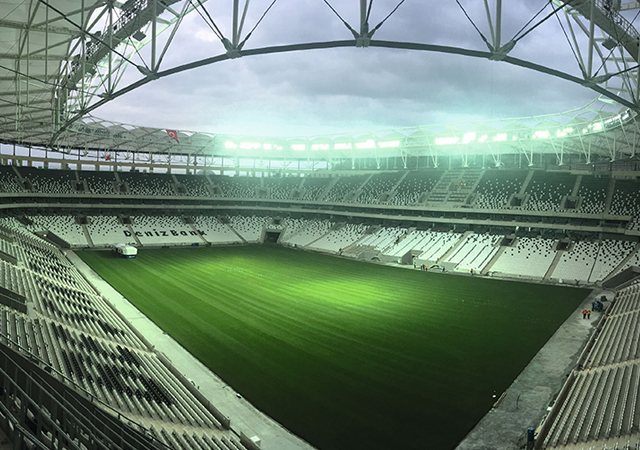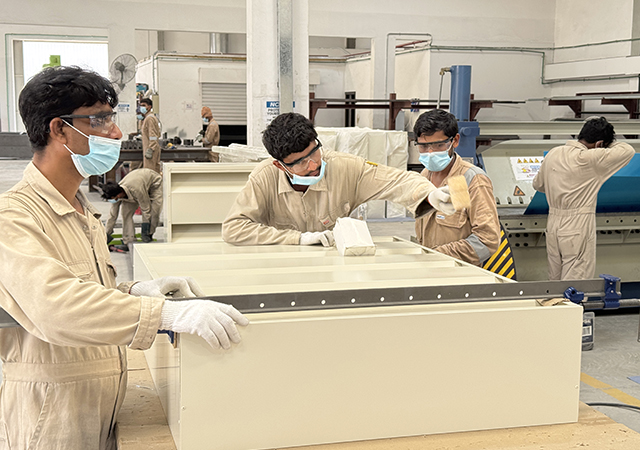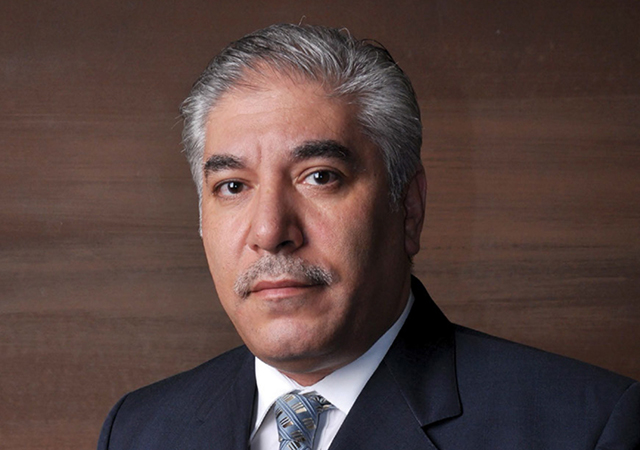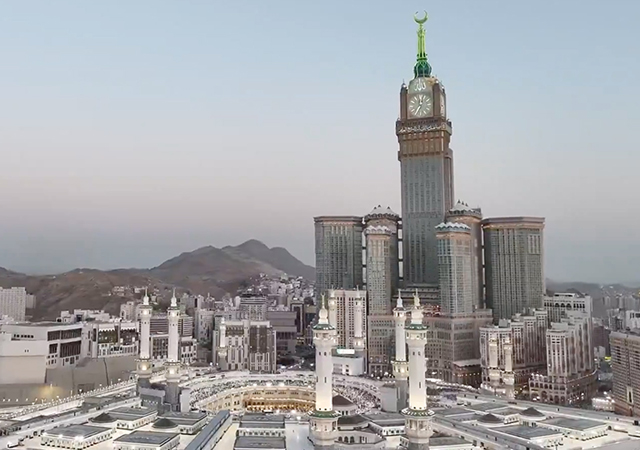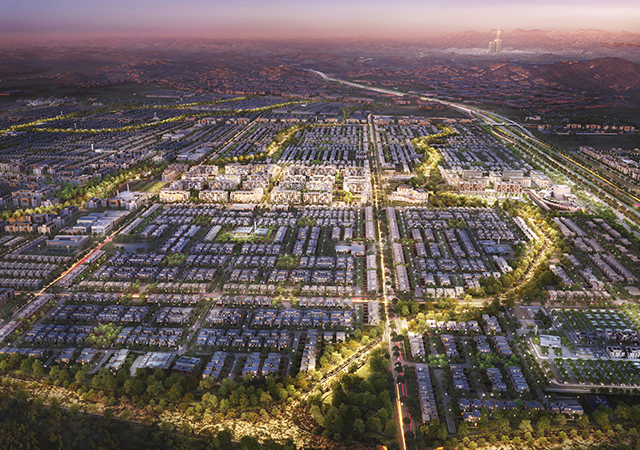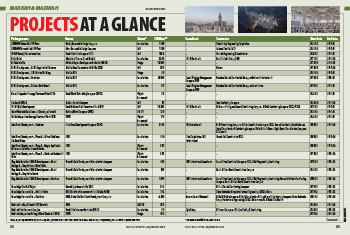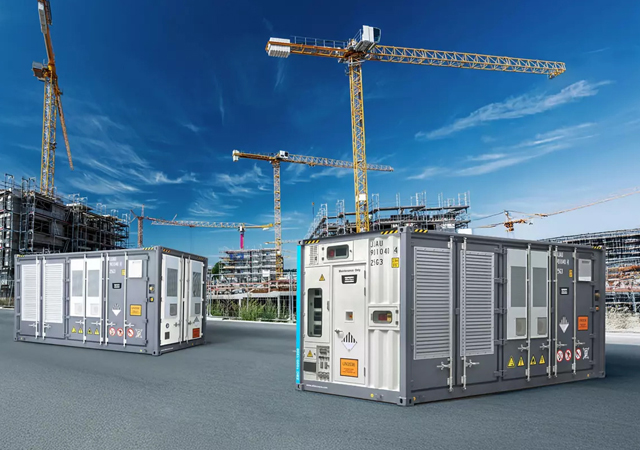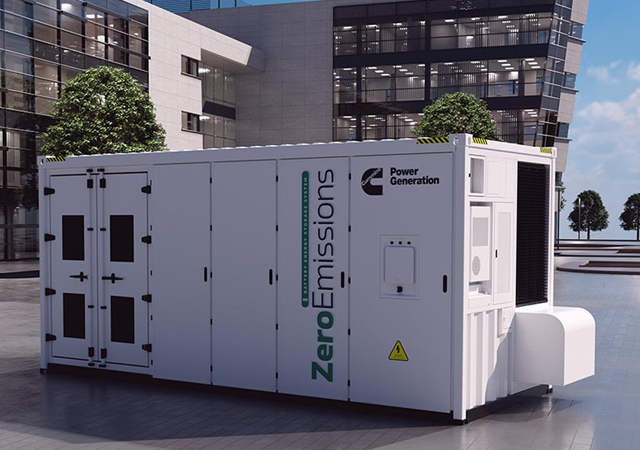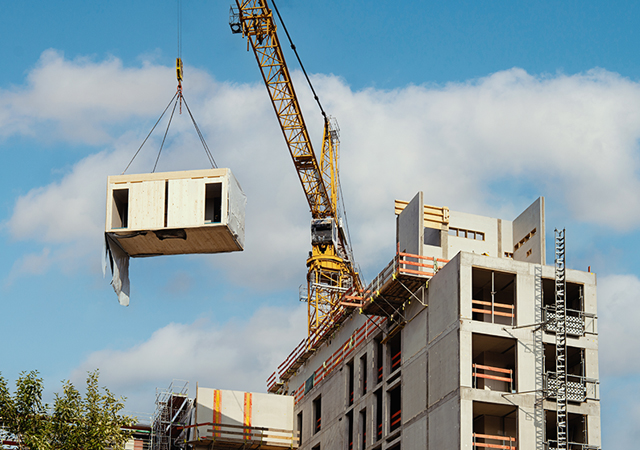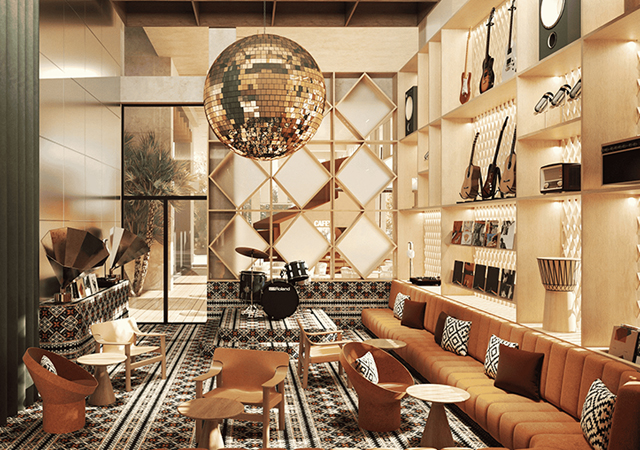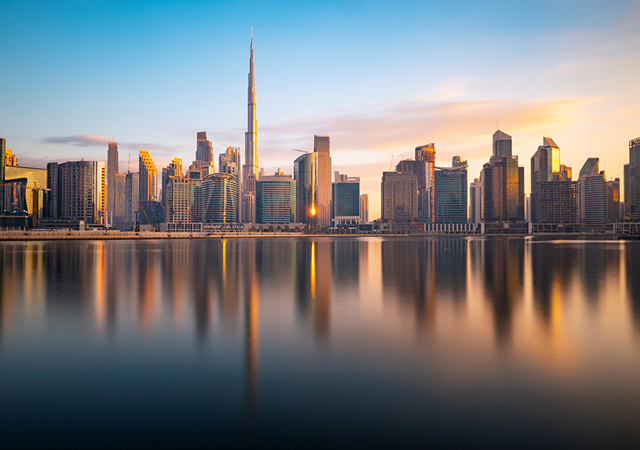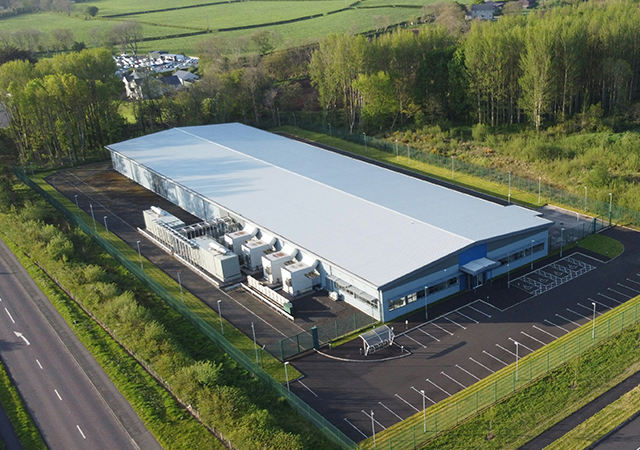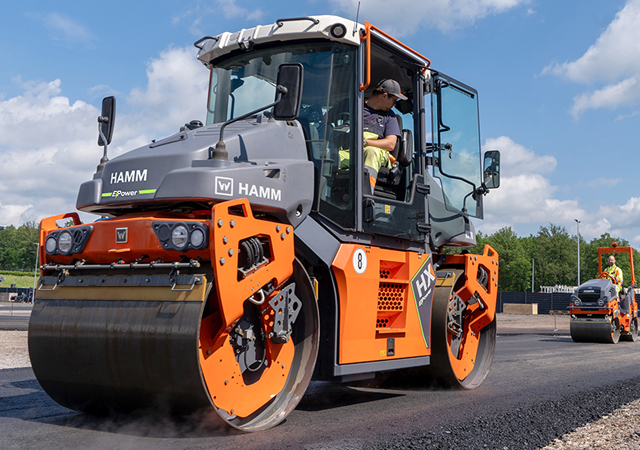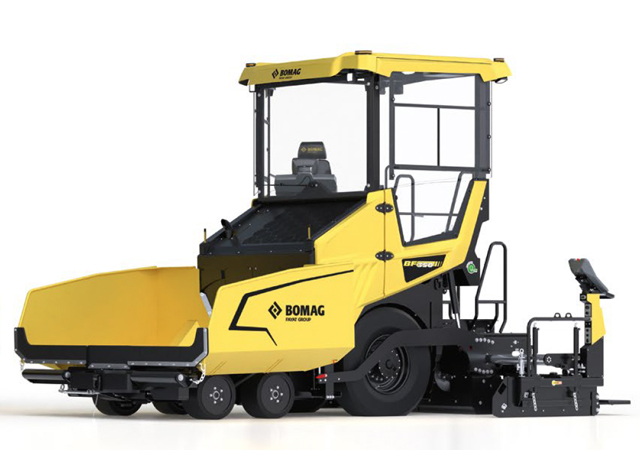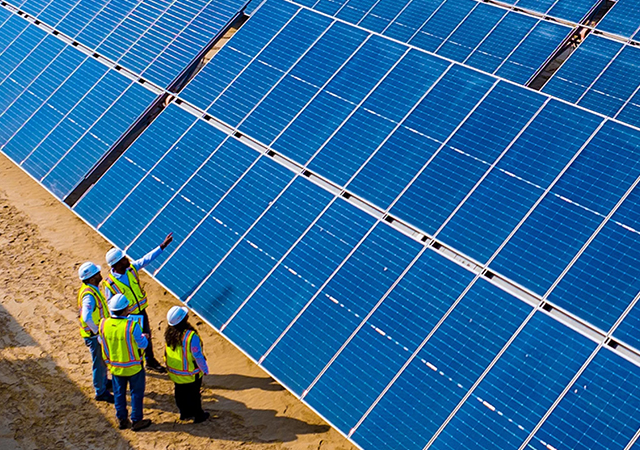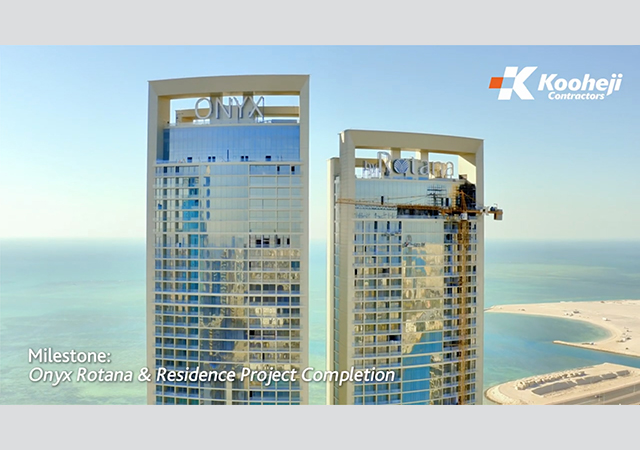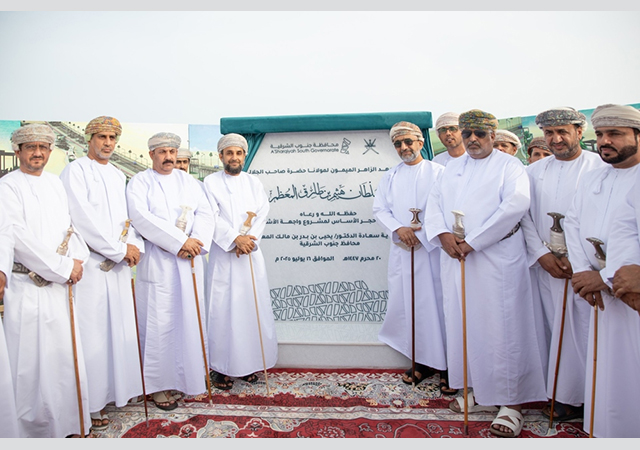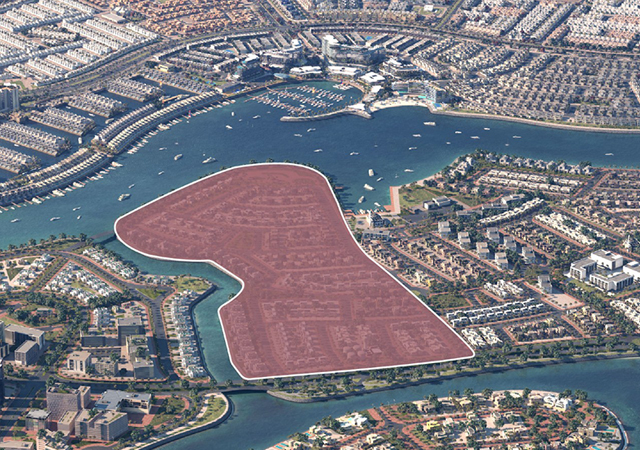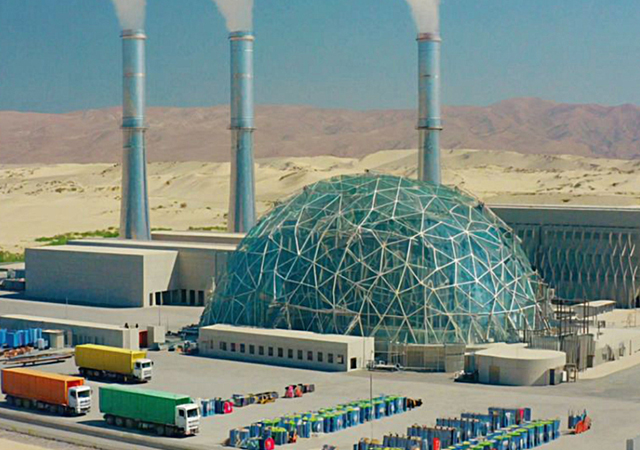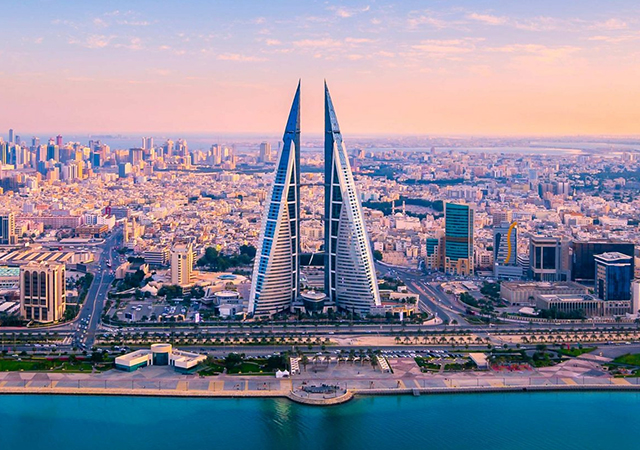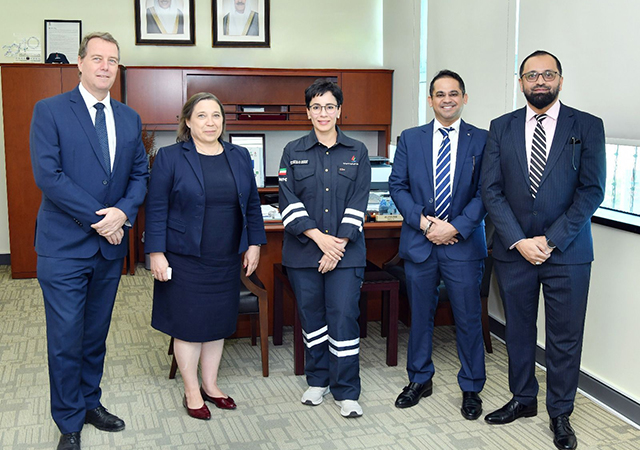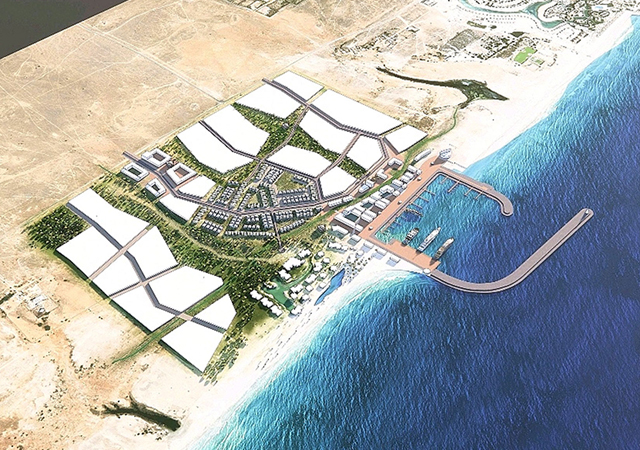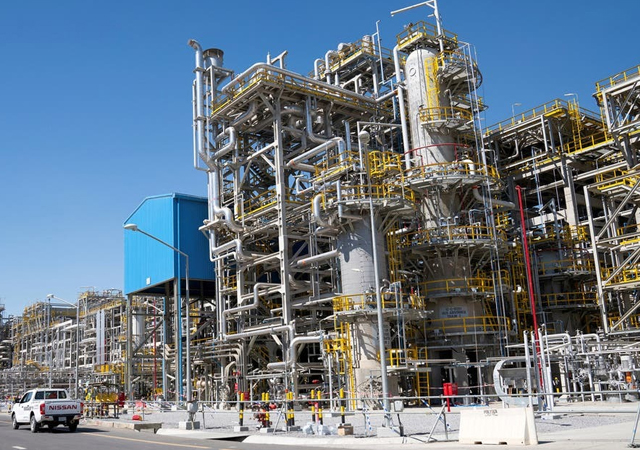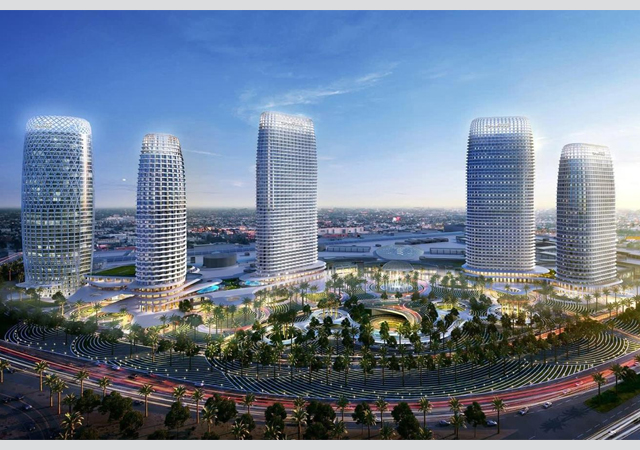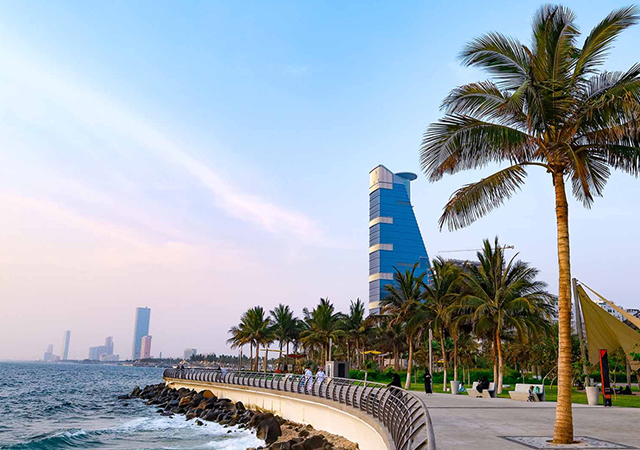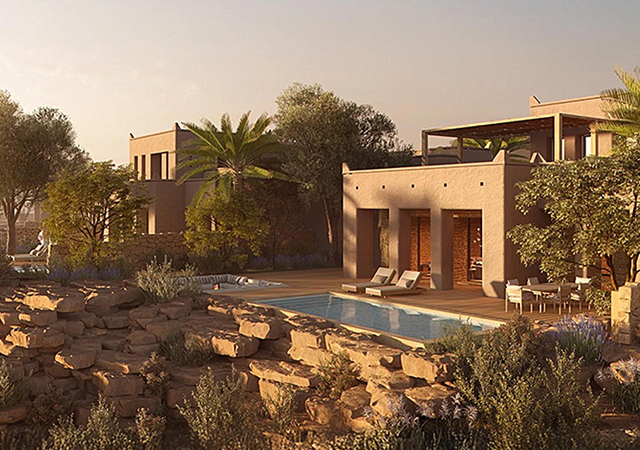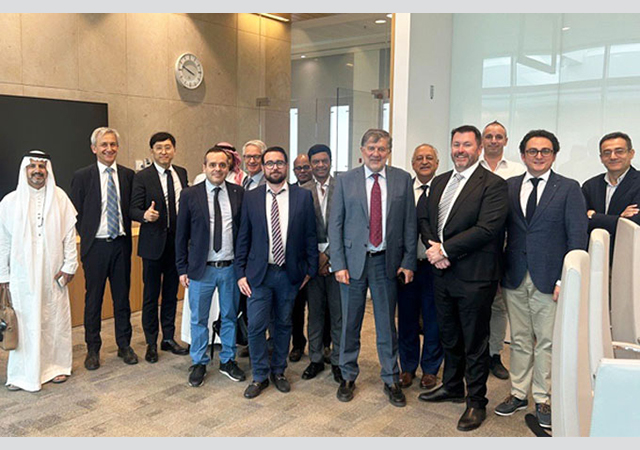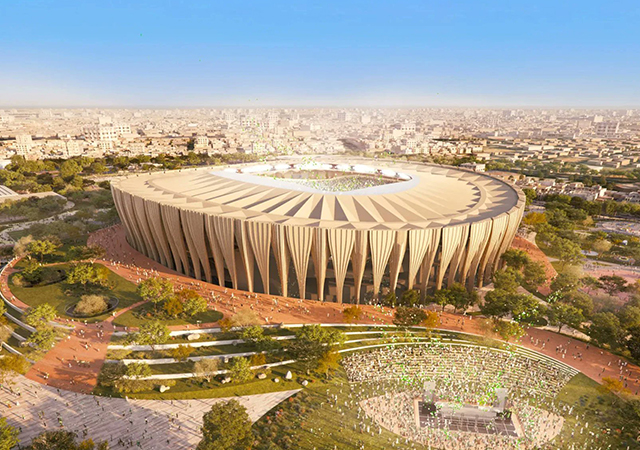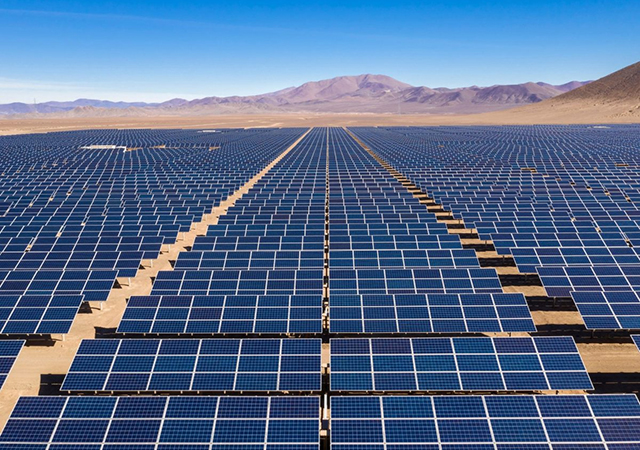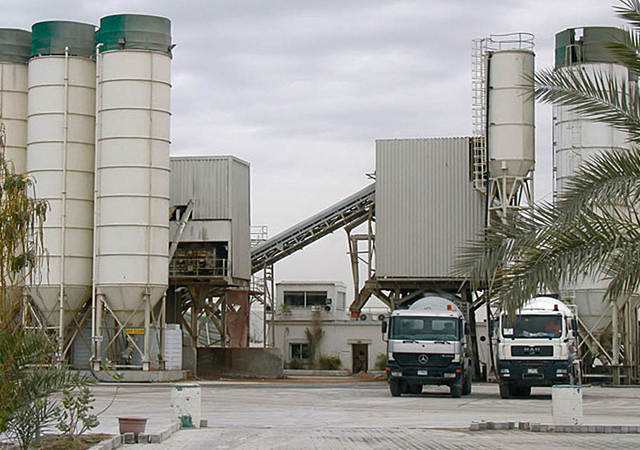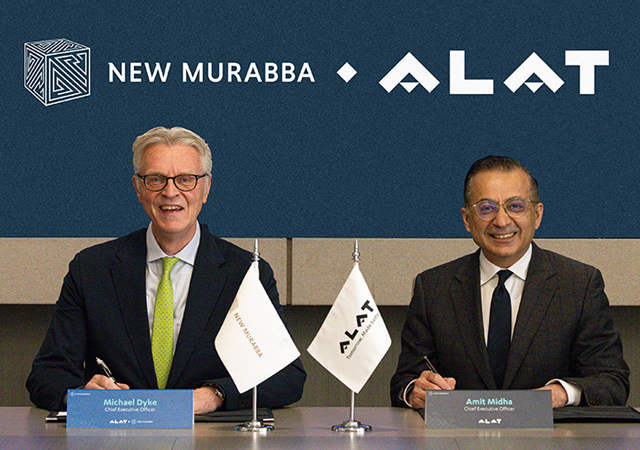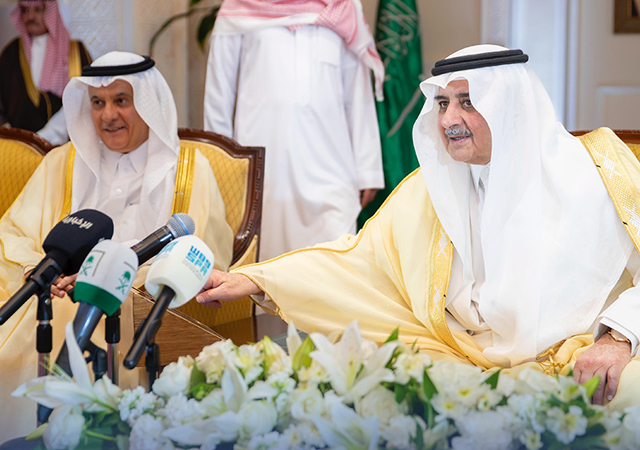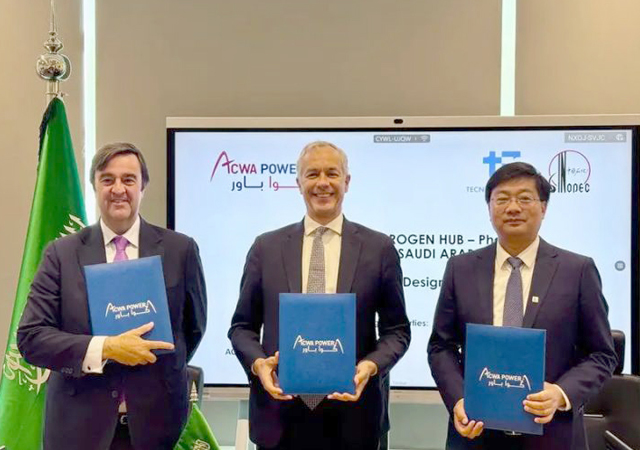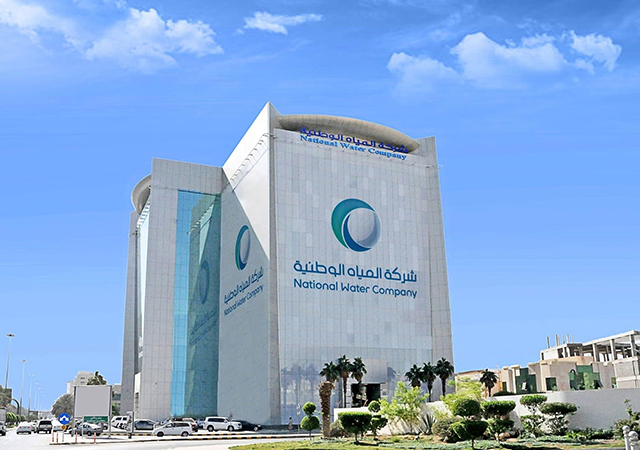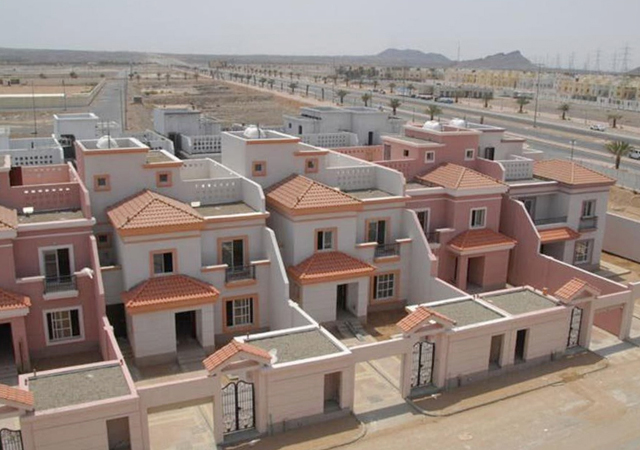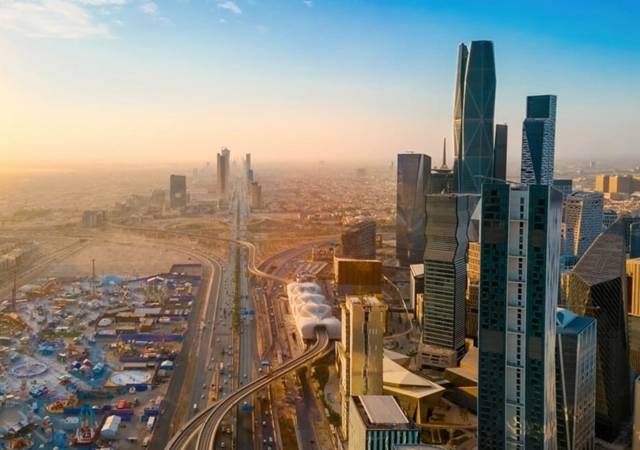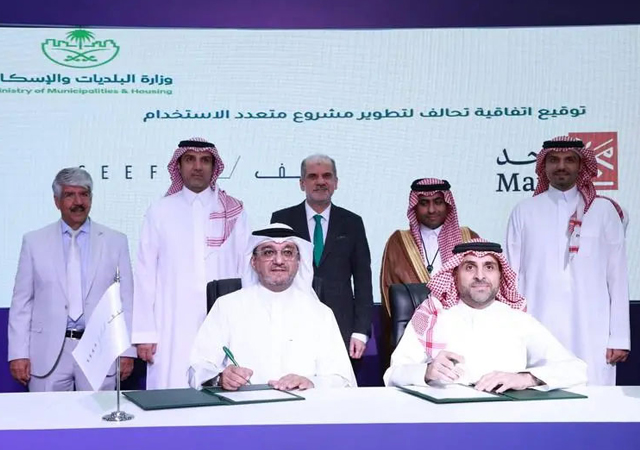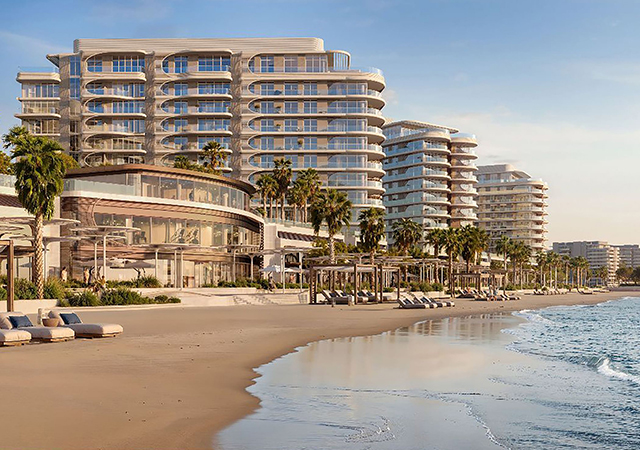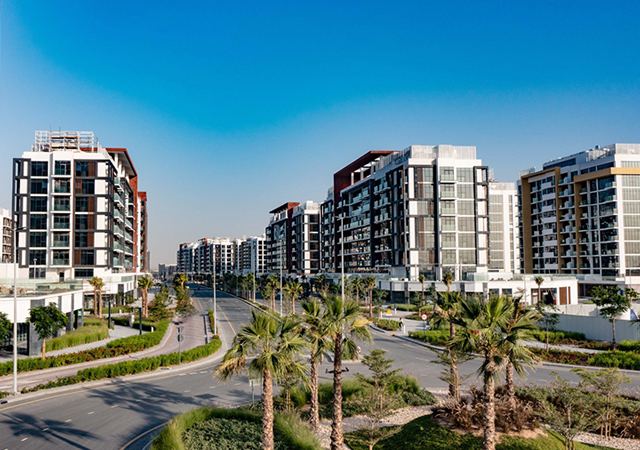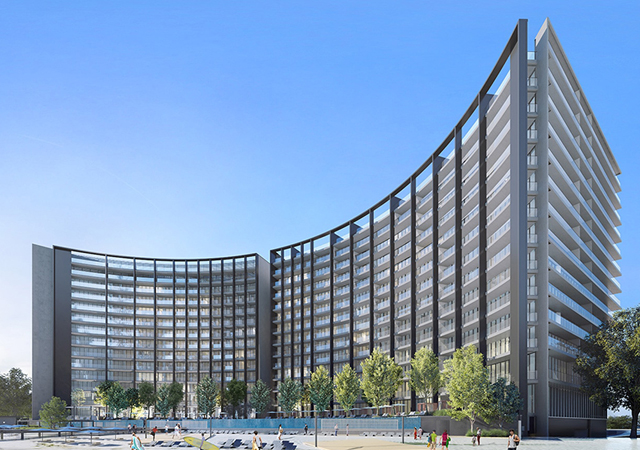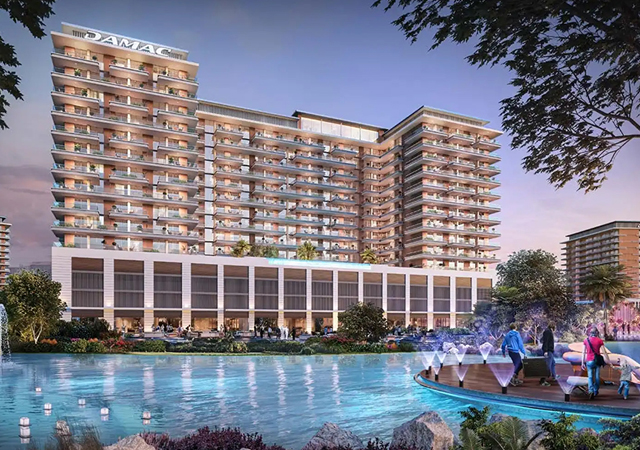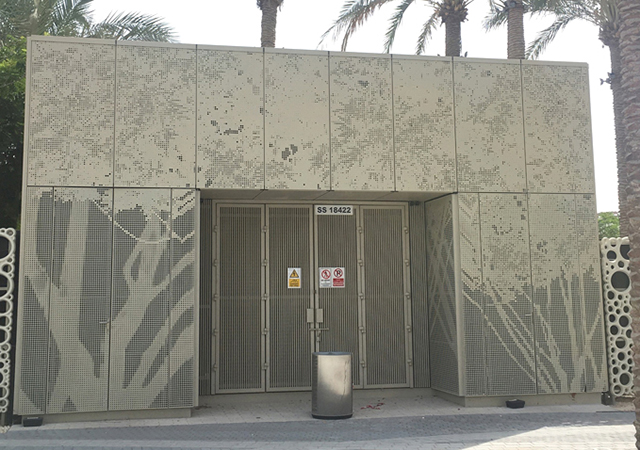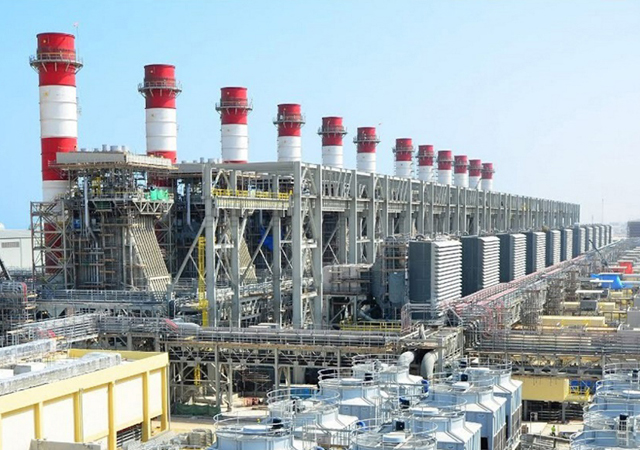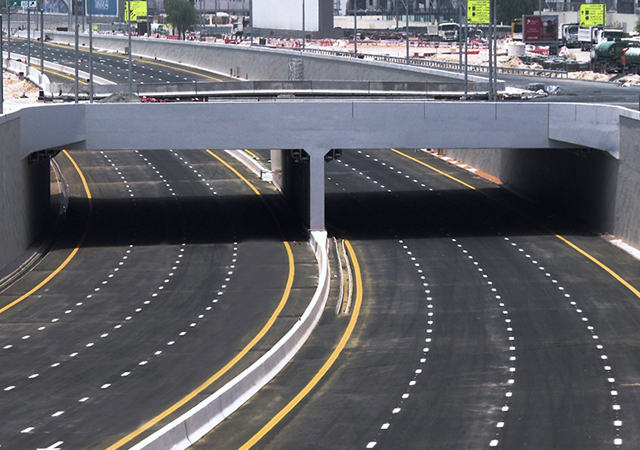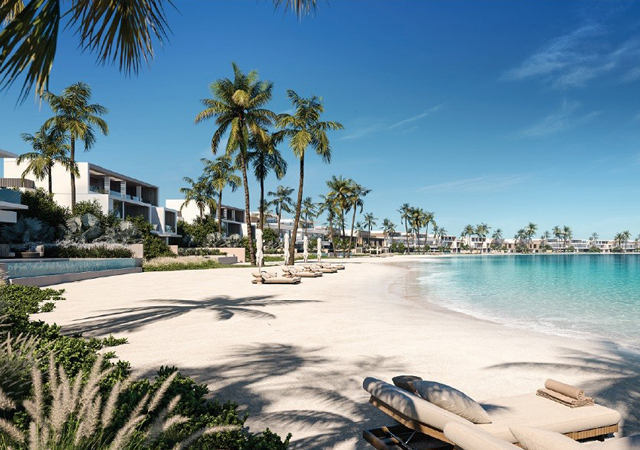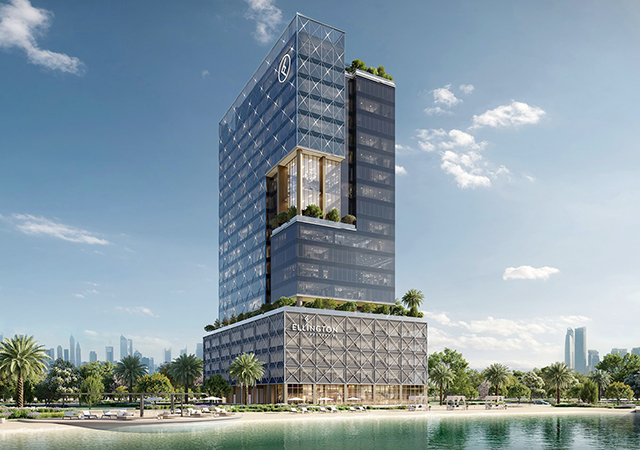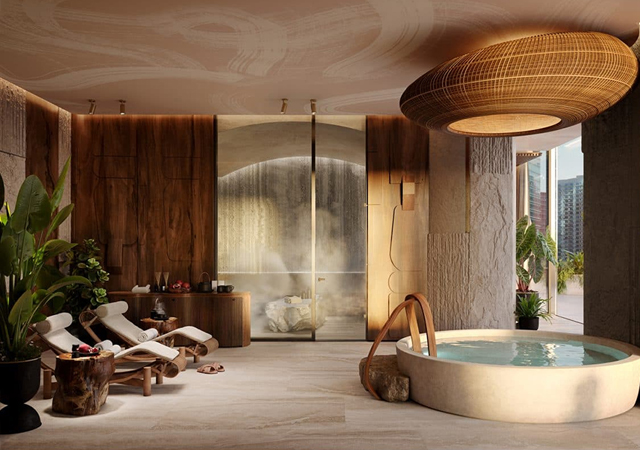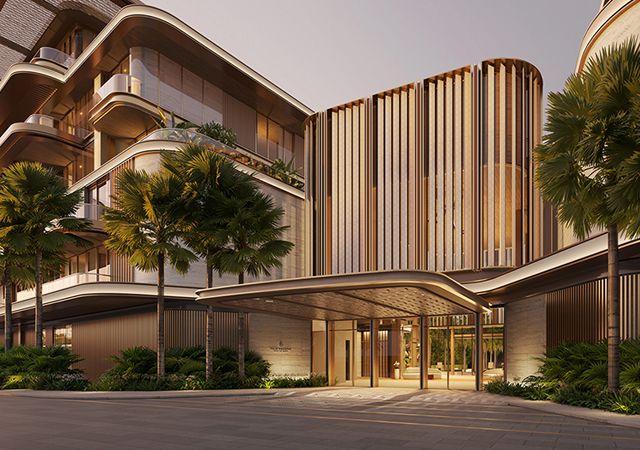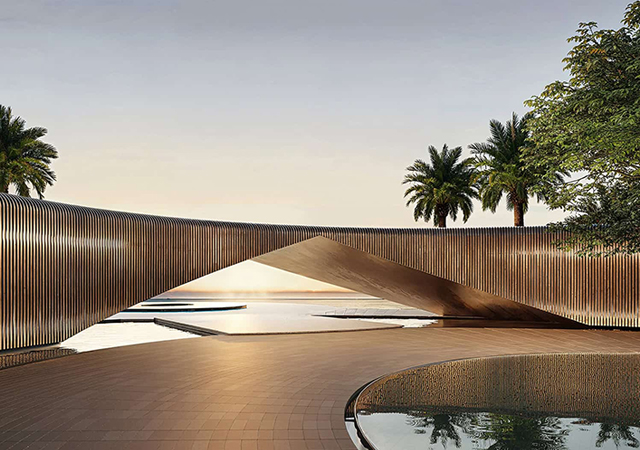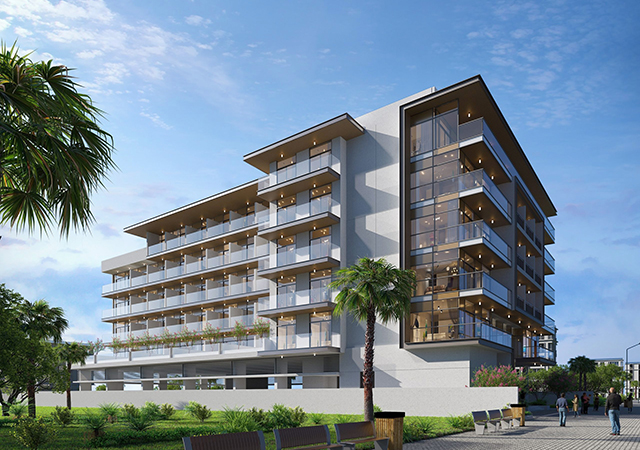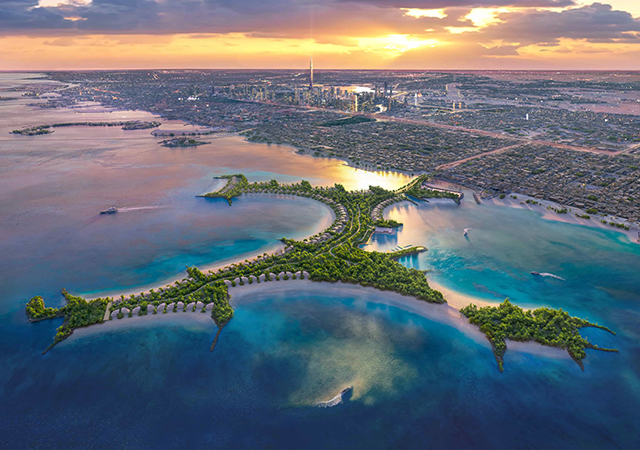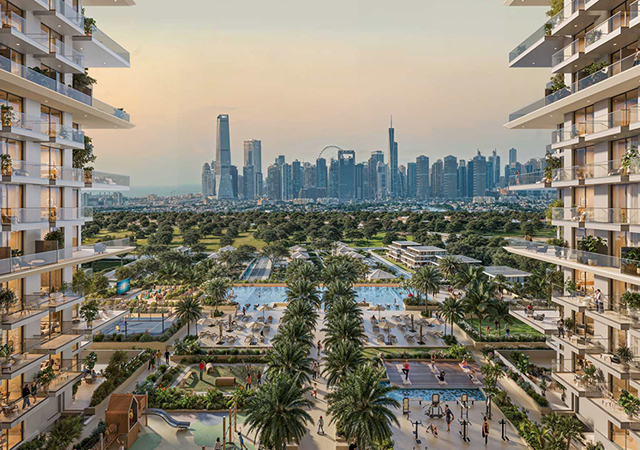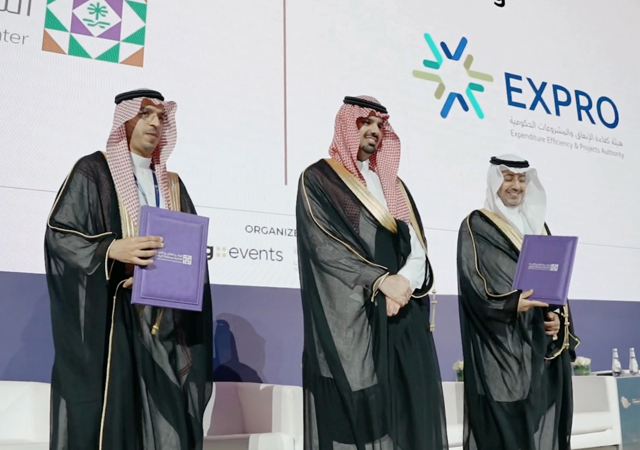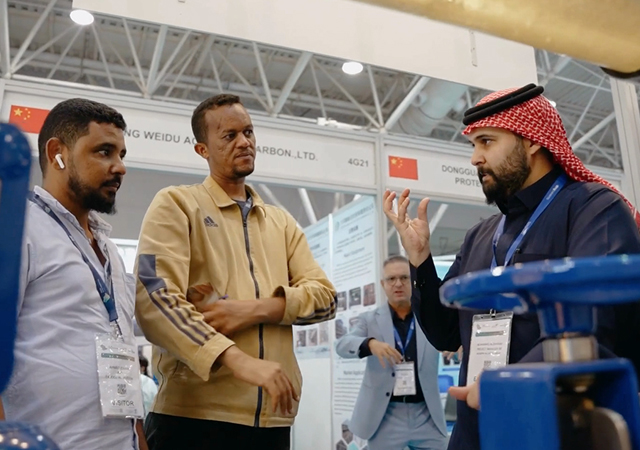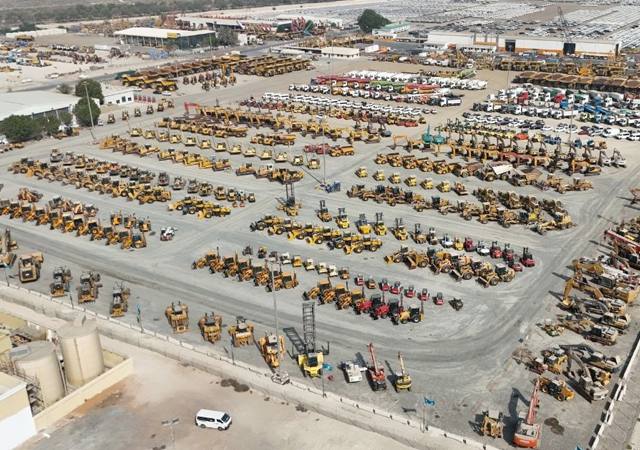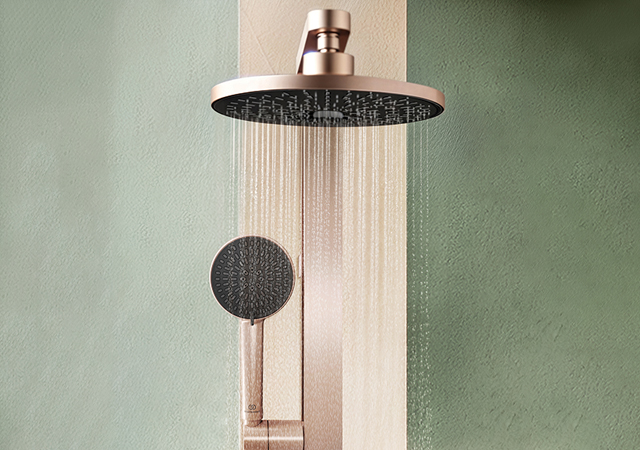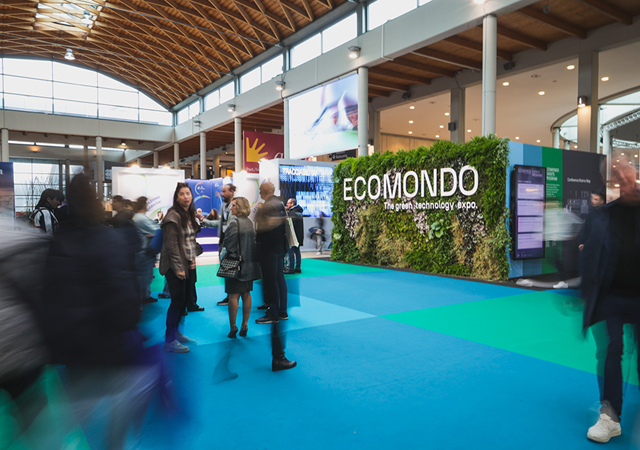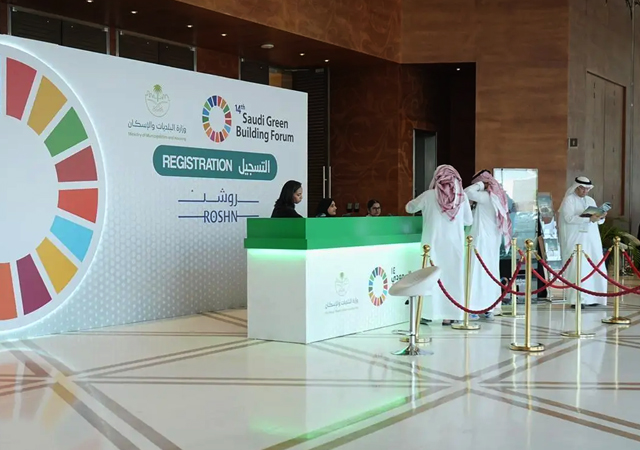
Mabani Steel, the new, highly capitalised entrant in the pre-engineered steel buildings (PEBs) industry, is installing two state-of-the-art blasting/painting lines.
The first blasting/painting line is a fully integrated in-line structural steel shot blast and paint line while the second is a more sophisticated blasting/painting line, which addresses the increasing market demand for multi-coat paint systems and polyurethane-finished paints.
The company is building product quality into its engineering and manufacturing processes with the intention of becoming the undisputable benchmark against which all other PEB manufacturers will be measured, says Muayyad Khudairi, president of Mabani Steel.
Last month, Mabani announced that all the new PEBs it has contracted for, since its inception, have been designed in accordance with the latest US Codes applicable to the design and manufacturing of PEBs unlike the majority of PEB manufacturers in this region who use 20 to 30 year-old US Codes in order to save on steel weight, he claims.
Mabani has declared that it plans to be the most transparent company in the PEB industry, offering its customers superior value that is built on uncompromised product quality and superb customer service.
One of the areas in which Mabani differentiates itself in this industry is in the quality finish of its painted structural components, which is reflected in the process of cleaning and painting of steel components, he says.
Mabani has built a 4,000 sq m building that is totally dedicated to these two processes.
Says Khudairi: “All PEB manufacturers in this region clean their structural steel components using mechanical brushing on solvent cleaning. We are the only PEB manufacturer that shot blasts its steel to International Standard SA-2 as a standard practice that applies to all jobs, irrespective of whether shot blasting is or is not specified. Furthermore, we are the only PEB manufacturer whose equipment is able to achieve International Standard SA-2.5, a high-end cleaning standard that is specified for high-end projects. It also happens to be the standard that is specified for all steel projects in Jebel Ali Free Zone."
Explaining the functions of the new blasting/painting units, Khudairi says in the first line steel components enter the line via a sophisticated transfer system that positions the component for maximum surface exposure in the shot basting chamber. The blasted component then enters a vestibule containing a high-velocity compressed air curtain to ensure the removal of all blast media, dust or other debris.
"The component then passes through an inspection station prior to entering the paint booth. PLC (programmable logic control) controlled spray painting reciprocators ensure complete coverage of the component to a specified paint thickness.
"This eliminates paint sagging, mud cracking and holidays. The component then passes into a curing chamber heated by a 4 million BTU filtered air heating system via a system of pneumatically and hydraulically-linked conveyors which ensures that the coating is fully hardened prior to off loading.
“The second line, which is a custom-designed blasting unit, is unique in the region and capable of cleaning to the most demanding consultant-customer specifications. Here, a component is lifted and introduced onto a 400-m-long continuous overhead conveyor that passes the component through each stage of the processing line without any physical contact. The method of clamping the component onto the line ensures full surface exposure to cleaning and painting.
“The blast chamber serving this line is computer controlled to ensure focused delivery of shot blasting media to every square centimetre of the surface.
“The blast wheels are mounted on a unique reciprocating column that specifically addresses tight corners and other difficult to access areas.
“Historically other lines have been unable to clean such surfaces to the requisite international cleaning standard SA-2.5 to SA-6. The component then travels through an inspection station prior to further processing.
“If necessary, the line is designed to automatically return the component for further cleaning. After quality acceptance, the component enters an infra-red chamber to pre-heat the surface to an ideal temperature that is specific to the type of paint that is being applied,” he says.
Mabani has experimented with painting laboratories to determine the optimal surface temperature that ensures proper adhesion and curing of each specific primer or overcoat type that is commonly specified in this region, Khudairi continues.
The component then enters another PLC-controlled reciprocating spray paint chamber within which paint will be deposited uniformly to a specified thickness, on the entire surface of the component.
It moves to a flash off chamber that mitigates the migration of solvents through the wet coating surface prior to curing.
“A common failure in structural paint systems is a prematurely hardened surface layer that entraps these solvents resulting in a soft coating, which is extremely susceptible to damage. Premature surface hardening results in protracted final cure, which means that the component cannot be safely handled in the factory or even at the site without risking coating failure,” he says.
The component then enters a temperature-controlled curing chamber (oven) where it remains until optimal surface hardening is achieved. In the case of multi-coat paint systems the component, still on the in-line overhead conveyor, returns for re-entry into the paint chamber for subsequent coats.
The first paint line in linked to the second paint line enabling components that are blasted and primed in the first line to enter the painting and curing chambers of the second line for multi-coat paint system requirements.
Consistent with Mabani’s pledge to pursue uncompromising quality in design, fabrication and service, the introduction of these sophisticated paint lines will assure Mabani customers that even the most demanding painting specification can be produced to the highest international standards economically and quickly, says Khudairi.
“This facet of the Mabani advantage will undoubtedly raise the level of product quality throughout the region and further advance the growth of the PEB industry and position it as the preferred method of construction of low-rise buildings,” he concludes.



